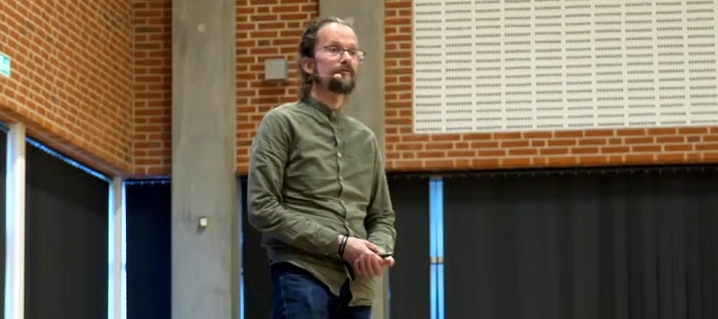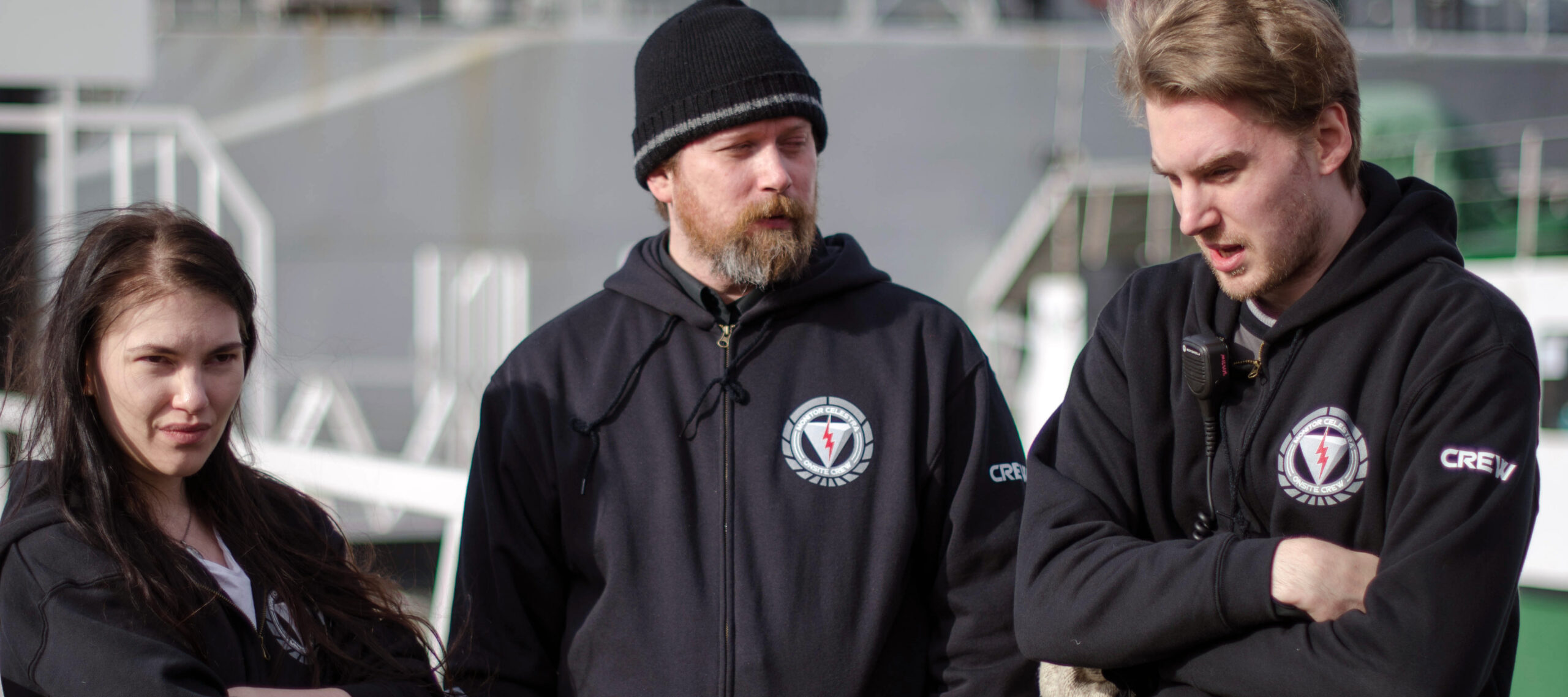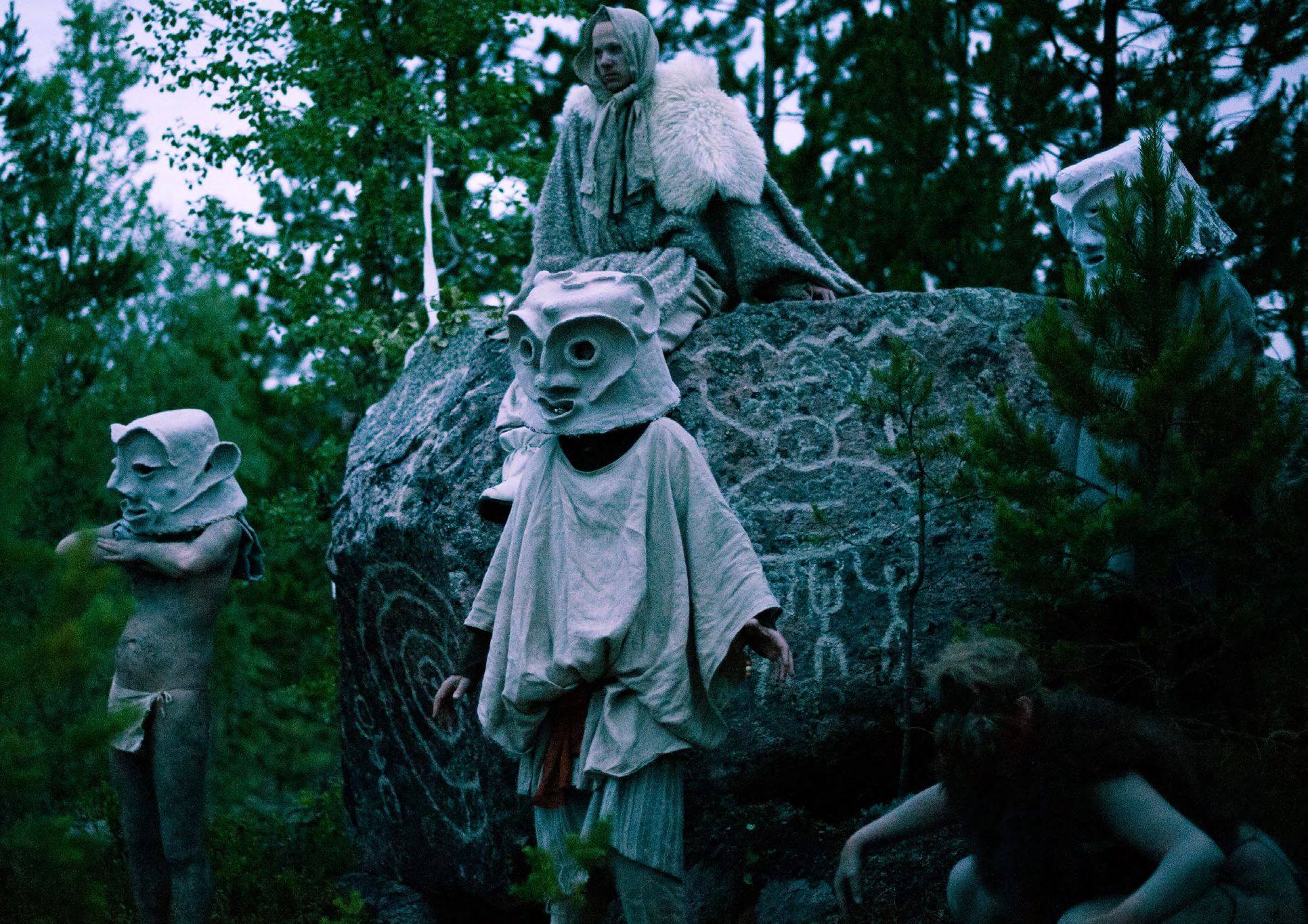Author: Eirik Fatland

-

Elements of Larp Design
in
What is it larp designers actually design? How do players actually respond to design decisions? Are there any truths that apply to all the different kinds of larp design? Eirik Fatland presents his unpublished yet influential mid-level theory.
-

The Blockbuster Formula – Brute Force Design in The Monitor Celestra and College of Wizardry
in
2013 and 2014 may be remembered as the conception of the Nordic blockbuster larp. Two ambitious larps – The Monitor Celestra in Sweden and College of Wizardry in Poland – succeeded in attracting an unprecedented level of international attention from media and players. They did so, in part, by advertising their inspiration from established fictional…
-

KoiKoi – Drums! Rituals! Inaction!
In July of 2014 we invited 75 players from around the Nordic countries to a wilderness camp in Finnskogen, Norway, in order to give life to a fictive hunter-gatherer society. For four days and three nights they sang, slept, woke, wept, ate, drank, drummed, flirted, chanted, and performed the ceremonies as men, women and nuk